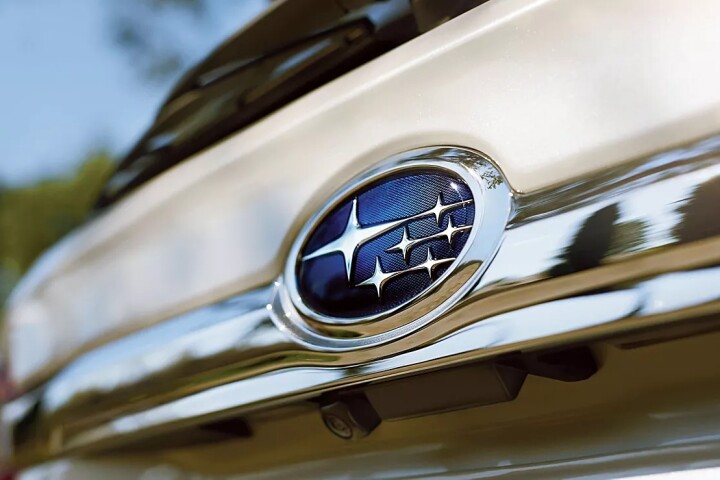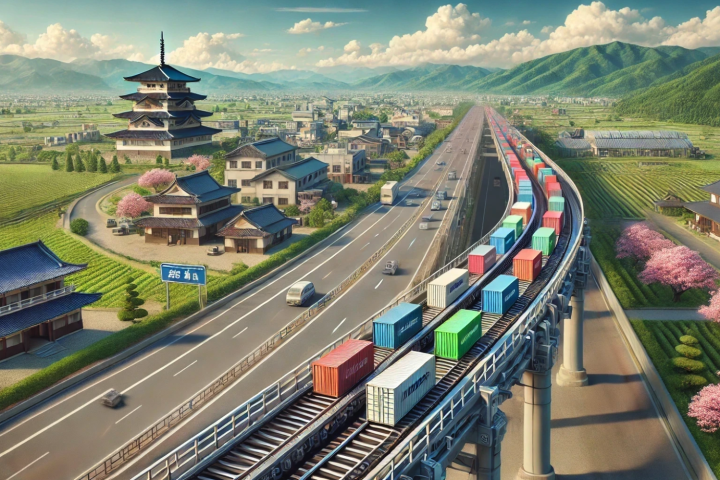China is home to more people than any other country on Earth, and they're moving into megacities at a rate that's simply unprecedented. In fact, just about everything about today's China is unprecedented – this is a country facing some absolutely staggering challenges in the next 30 years. It's a peek into the future for Western nations – a glimpse at what is becoming the world's first megacolony. Managing a transport plan for such a colossal number of people – many of whom now own, or aspire to own, cars – presents a traffic congestion and pollution quandary the likes of which we've simply never seen before. Take a look at Mike Hanlon's jaw-dropping Yez video to get a snapshot of the problems China faces and see how its government and industries are scrambling to become the global leaders in local emissions-free vehicles. And take a look at this amazing public transport solution – it's a bus network that drives over the top of the cars on a slightly modified road, able to stop without interrupting the traffic flow and to glide over the top of congestion. This go-go-gadget bus is far quicker and 90 percent cheaper to build than a new subway route, it's solar/grid electric powered and it's no pipe dream – construction starts at the end of this year.
Say what you will about China, but this is a country that knows how to get things done. It has no choice – its hand is being forced by its massive and rapidly urbanizing population. Luckily, after the GFC, it's also supremely cashed-up. It's boom time, and the whole country is aware that if mass solutions for housing, transit, energy and a whole host of other issues aren't deployed NOW, the country is going to suffer in a big way.
So here's a fascinatiing public transport idea that we've never seen mooted before – giant super-buses that roll on stilts on small tracks between lanes of traffic. So they roll over the top of stopped traffic, and when they stop to let passengers on and off, they don't interrupt the flow of traffic below.
Far quicker and cheaper to build than a subway or monorail system, the Straddling Bus system simply requires modification to existing roads, and the creation of a network of elevated bus stops. The road mods can either comprise inlaid rails – at a 30 percent energy saving due to lack of rolling resistance – or simply a painted colored line, which the buses can be programmed to follow autonomously as they roll on regular tires. Clearly the latter would be exceptionally cheap to deploy, requiring almost no disruption to the road.
Where there's no room to build an elevated stop, passengers can get in and out using a built-in ladder.
The fully electric buses charge themselves in a new and unique way – which is called relay charging. All along each route, there are charging stations positioned in such a way that there is always a charging post in contact with the bus. The roof of the bus is itself an electrical conductor, so as it brushes against one of these charging posts, it's juiced up as it runs. As its main load is starting and stopping at each station, the bus runs on high-power, fast-discharge supercapacitors. The remaining energy after a start can sustain the bus through to the next stop.
It won't have to worry about traffic lights, as the approach of a straddling bus will be prioritized in the traffic light sequence such that it will always have green lights to move through.
Since the buses will need to be able to turn off one road and onto another, it's important to warn any cars trapped beneath the bus that something's about to happen – and to warn the bus driver or automated pilot system that there's still cars beneath. A laser/radar system is being employed to warn drivers about a bus's intentions, and there's even talk of integrating the bus with the traffic lights in such a way that when the cars wish to turn the same way as the bus is turning, they'll get a green turn light, but the traffic moving straight ahead will be stopped at a distance that allows the straddling bus to turn.
The buses are 6 meters wide and 4.5 meters high, so they can straddle two lanes of traffic, and yet still fit under most existing overpasses. Each bus will have a capacity of 1,200 people, which sounds like a ridiculously large number, but then it's worth remembering that China already has 120 cities with more than a million inhabitants – and by 2030 it will have double that. You simply can't think in normal numbers when it comes to China.
Emergency exits will be handled with inflatable slides, much the same as those found on commercial aircraft, which is a fun idea – and the buses seem to be slated to park themselves in position at a station when they're not in operation, causing no more disruption to traffic than a tunnel would.
This is not a pipe dream – the pilot program goes into construction by the end of this year in the Mentougou district of Beijing, where 186km of tracks will be laid. If it works, you can expect to see it rolled out across China's large cities – and FAST. The next 20 years are going to see some thrilling technological advances as China plays catchup to its rampant population growth and booming economy. This is just the beginning. Exciting times for emerging tech heads!
This video shows a presentation in Chinese about the benefits of the Straddling Bus, along with a bunch of neat CGI renders to show how it's likely to work. For a full translation of the presentation, see China Hush. The Straddling Bus is designed by Shenzhen Huashi Future Parking Equipment Co. Ltd.











